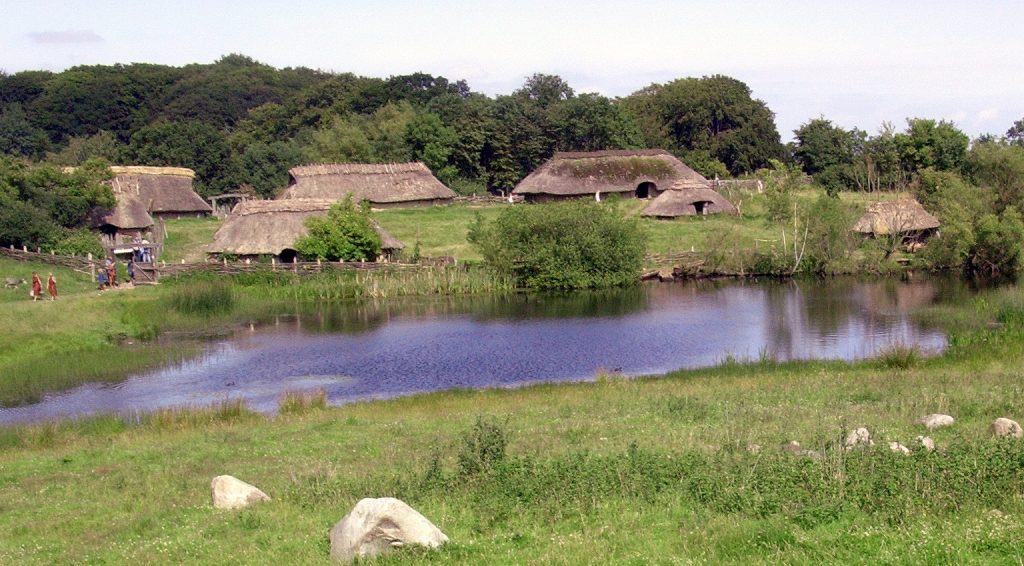For decades, archaeologists believed that horses were sacrificed and placed on poles in sacred bogs.
Others are reading now
For decades, archaeologists believed that horses were sacrificed and placed on poles in sacred bogs during the Iron Age.
However, Pernille Pantmann, an archaeologist from Museum Nordsjælland with nearly 20 years of expertise in bog archaeology, has debunked this idea, revealing it as a long-standing but unsupported myth.
Breaking Down the Myth
The origins of this belief can be traced back to the 1950s when archaeologists on the Danish island of Bornholm discovered a pit filled with animal bones, including a horse skull and parts of the horse’s legs lying at the top.
At the time, researchers were heavily influenced by theories about migration and connections to Siberian rituals, which led them to link the find to an illustration of a horse sacrifice from Siberia.
Also read
Despite there being no evidence of poles in the pit, the interpretation took hold, largely due to a local artist’s illustration that depicted horses displayed on sticks.
Over time, this artistic representation solidified into what many assumed was fact.
But Pantmann’s recent analysis challenges this narrative.
Challenging Long-Held Assumptions
Her research demonstrates that horses in the Iron Age did not hold any special ritual significance compared to other domestic animals. There is also no archaeological evidence to support the idea that horses were sacrificed and displayed on poles in bogs.
This revelation dismantles decades of assumptions about Iron Age rituals and the supposed importance of the horse in such practices.
She argues that the notion of horse sacrifices on poles emerged from archaeologists’ attempts to categorize the past into neat divisions like settlements, burial grounds, and sacrificial sites—an approach that often oversimplifies the intricacies of ancient life.
“In the Iron Age, religious practices were closely tied to everyday life,” Pantmann explains to Historie. “Rituals occurred in diverse contexts, from settlements to bogs, rather than being confined to specific sacrificial sites.”
While Pantmann’s work overturns a popular narrative, she emphasizes that her intention is not to discredit previous researchers but to refine the historical understanding of the period.
Although this revelation disrupts a widely accepted story about the Iron Age, it also opens the door to fresh insights.
Pantmann notes, “I may have removed one story from Iron Age archaeology, but I’ve replaced it with others that are equally fascinating and worth exploring.”
The myth of horse sacrifices on poles still influences modern depictions of Denmark’s past.
Places like Sagnlandet Lejre, a historical interpretation center, continue to showcase this idea, reflecting the enduring impact of artistic representations and early archaeological conclusions.
See pictures of the ritual here.


